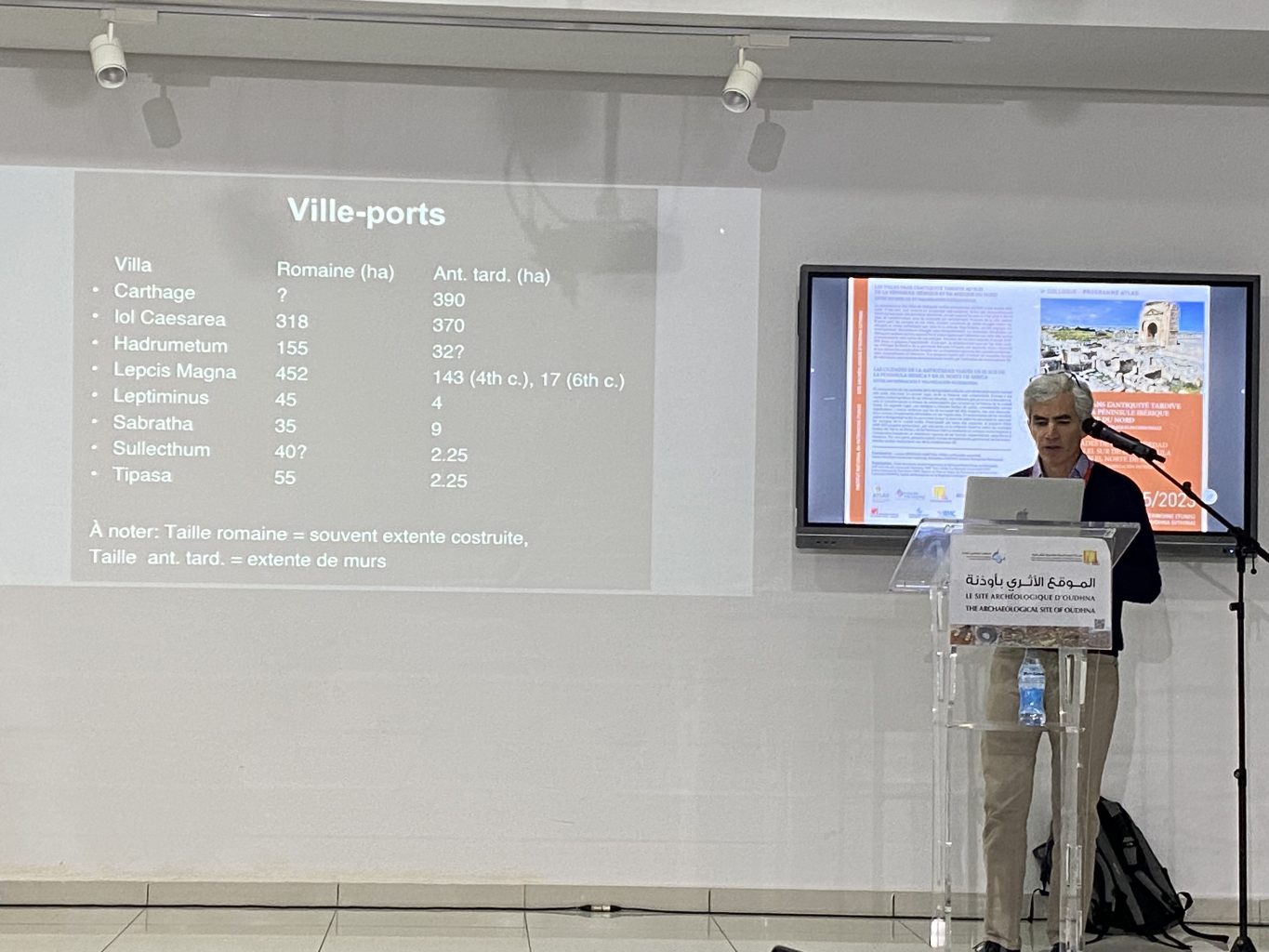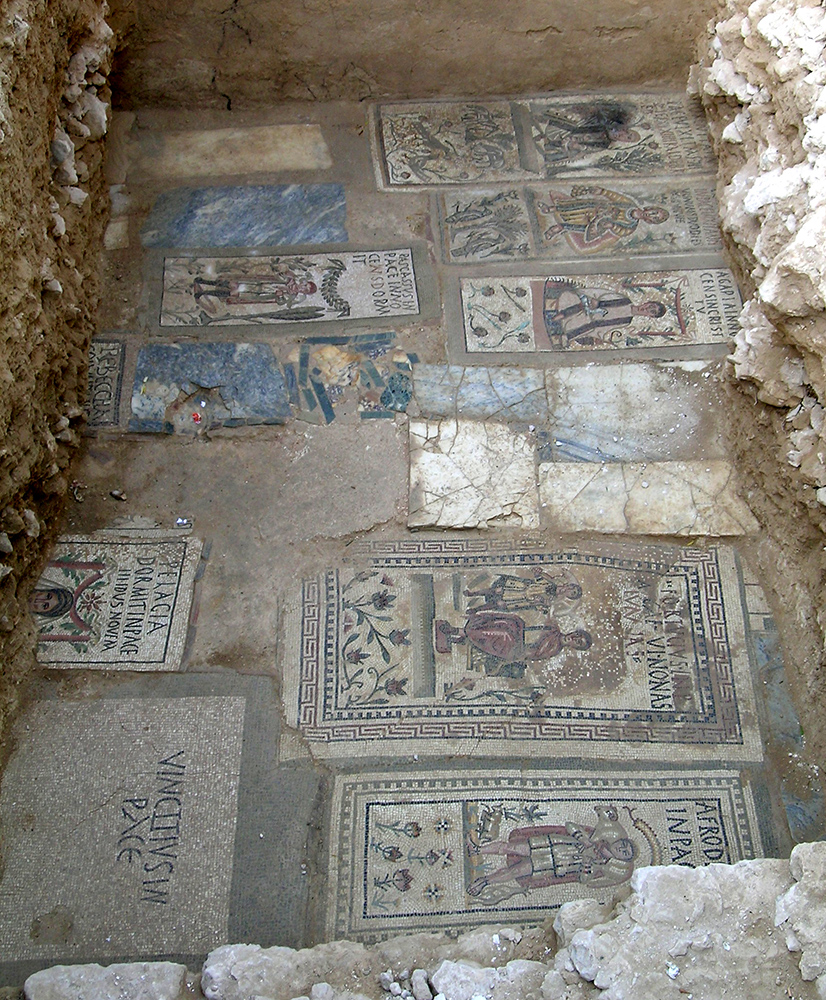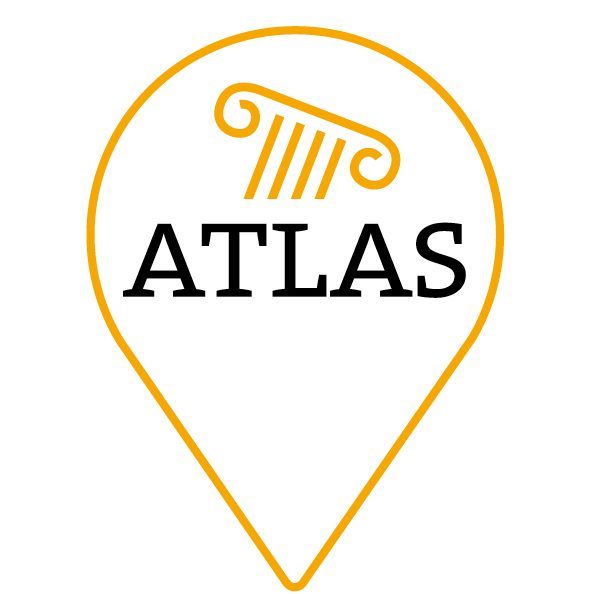As we announced a few weeks ago, we are currently working on our fourth case study in Tunisia, Leptiminus. This is a coastal city located in the Sahel region, south of the Gulf of Hammamet, which covered an area of approximately 45 ha between the 2nd and 4th centuries A.D. This is certainly a somewhat different case study to those we have been analysing to date, because Leptiminus is not known for the preservation of large public buildings, unlike many of the Roman cities of the Maghreb. It does, however, offer the possibility of studying many other interesting aspects that have often been overlooked in those North African cities whose monumental remains have been better preserved. In fact, thanks in particular to the “Leptiminus Archaeological Project” directed by John Humphrey, Hedi Slim, Nejib Ben Lazreg, Lea Stirling, David Stone and David Mattingly, the city has been exhaustively analysed from multiple perspectives and using a wide variety of methodologies. This is why today Leptiminus is a fantastic example for understanding the economic side of a relatively modest port city (its fishing and craft activities, mainly dedicated to pottery production), but also the occupation and evolution of the suburban areas (where these craft activities were located, but also domestic, funerary and religious spaces) or its relationship with its immediate hinterland.

We had the luck that David Stone visited the RomanIslam Center in November 2022, at the same time we were participating in the Shifting Cities conference. This serendipitous meeting allowed us to discuss Leptiminus with one of its experts. David is a survey archaeologist working in both Greece and North Africa whose research addresses current questions about ancient cities, empires, and landscapes. At Leptiminus, David worked mainly on the field survey, which was presented in Leptiminus 3 (Journal of Roman Archaeology Supplementary Series 87, 2011). This book considers the “urban biography” of the city over 1200 years of Punic, Roman, Vandal, and Byzantine rule. The tale of Leptiminus included a remarkable period from about 100 to 300 CE, during which investment in agriculture, fishing, shipping, and ceramic manufacture were all documented. The city continued to import and export products until the seventh century while also maintaining a significant population. It is in the late-antique phase that the slow but perceptible changes to the diets, occupations, burial customs, and physical spaces and other aspects of the lifestyles of inhabitants may indeed be most visible.


Besides being very helpful discussing this case study, David was eager to join the ATLAS team and since then has been an active member of the Territory and Economy groups, even presenting three times in Tunis! He will contribute in the Companion as a co-author to the chapters of the groups, and even deliver one single author chapter on Leptiminus.

Moreover, David was so kind to offer us the needed data in usable formats. That means, rather than having to go through the many good publications to find and locate archaeological remains for our WebGIS, we received excel tables of site numbers, coordinates and descriptions. This means that for this city we can finally try out the bulk upload for archaeology. As we already mentioned before for epigraphy we have been using this approach of uploading thousands of entries in one go. The only task left is to curate the data and make it fit our webGIS format. One of the main tasks was to associate the find types of the Leptiminus project with the ATLAS types. Ada created a correspondence list of the English types from the Leptiminus and the French of our WebGIS, so the student assistants could do this task. In some cases the correspondence is rather straightforward: cistern is citerne, however, sometimes they can be a bit harder like amphora burials being Espace funeraire, another example of our multilingual project.
As you might know, we use a similar approach to work on the epigraphy, we collect the data from a multitude of dataset and then curate it for our database. Again this is partially the hard labour done by our Hilfskräfte, who have slowly become experts in epigraphy. Admittedly, the role of Leptiminus is very limited in our understanding of the epigraphic culture in Late Antiquity. There is just a handful of epigraphy dated to this period. Nonetheless, there are some beautiful examples of mosaic inscriptions found in the Christian cemetery.


Working on Leptiminus for the past few weeks has given us some new insights. First to learn about this small port city of the Sahel at the Mediterranean coast in Late Antiquity. Moreover, the first time we were able to work with the archaeological material in a different way, is an interesting experiment. It raises the question and option to share archaeological data more effectively. As always, to follow our work you can check our WebGIS and follow our twitter account!
